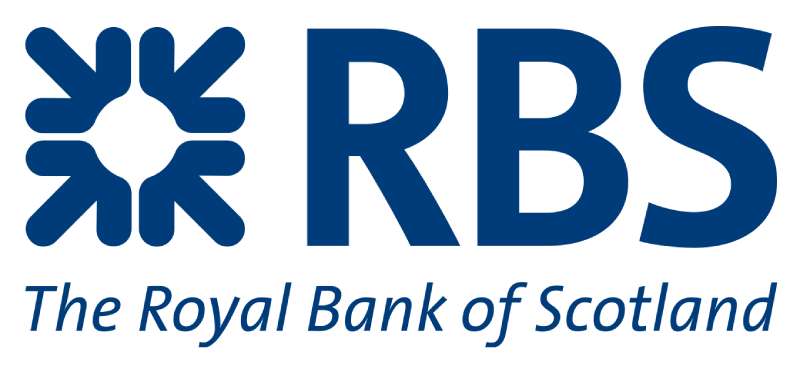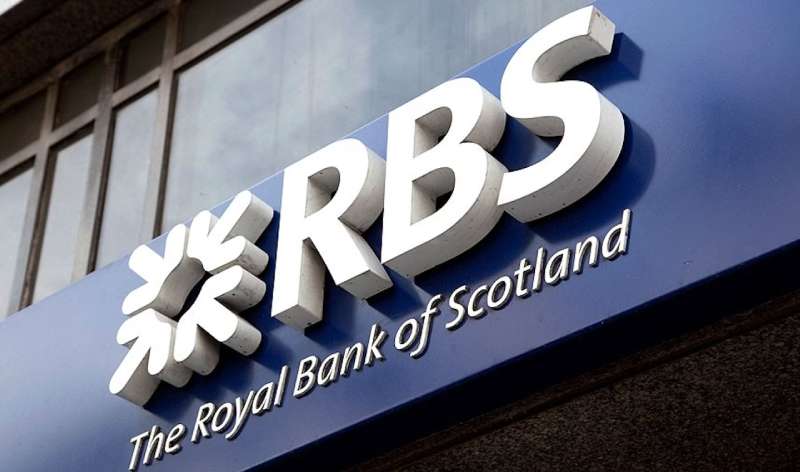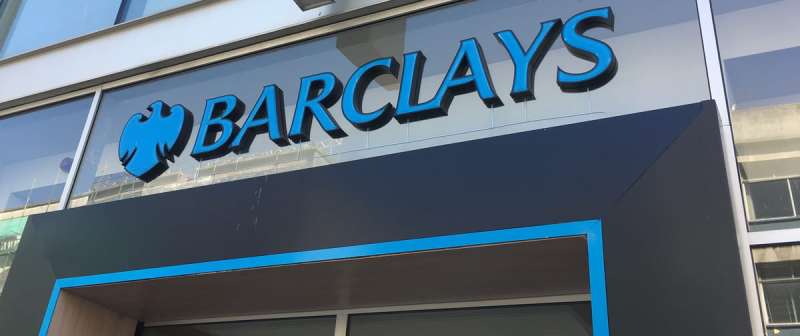The RBS Logo History, Colors, Font, and Meaning
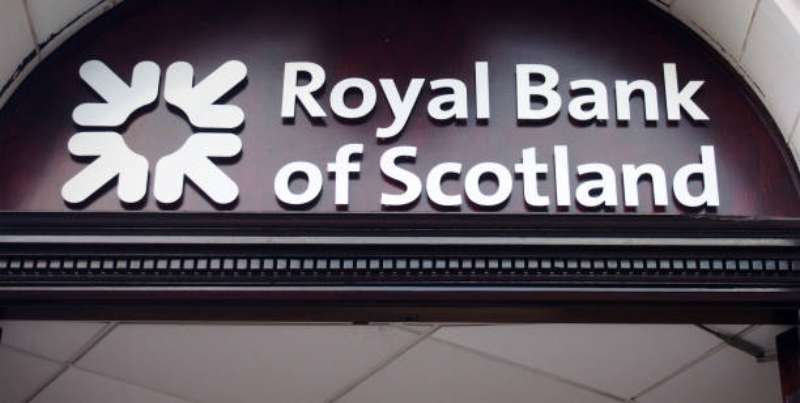
Picture this: a logo that’s not just a graphic but a storyteller.
In a whirlwind of digital clicks and fleeting attention spans, a symbol carries the legacy of an institution – the Royal Bank of Scotland logo does just that. Cloaked in its heritage, this emblem navigates realms of finance with a distinct visual whisper of its Scottish roots.
This article? It’s your backstage pass. Understand the prowess of an icon that holds more than just aesthetic appeal. From its inception, the transformation it has seen, to how the iconography plays a pivotal role in customer perception – it’s all a craft, an intricate dance of shapes and colors.
By the time you reach the end, you’ll have discovered not only the design journey but also why every curve and color matters.
Curious about how banking corporate identity reflects in logo design? Buckle up for an insightful dive into the world of logos, where form marries function, and art meets commerce.
The Meaning Behind the Royal Bank of Scotland Logo
There’s something magical about logos, right? Like, they’re tiny pictures telling massive stories. Let’s dive into one such tale – the Royal Bank of Scotland’s logo, affectionately known as the “Daisy Wheel”. It’s not just a pretty design, but a symbol carrying profound meaning.
You see, the Daisy Wheel is an abstract emblem, comprising four inward-pointing arrows. Imagine this: you’re standing in a gallery, squinting at a modern art piece. That’s what it feels like when you first lay eyes on the Daisy Wheel. But once you know the story, you’ll never see it the same way again.
Ready for the story? Here we go.
The logo actually symbolizes an arrangement of 36 piles of coins in a 6×6 square. Hold up, you’re thinking. Coins? Yep, that’s right. It’s a metaphorical representation of the accumulation and concentration of wealth. Deep, right? And remember, this isn’t just about the bank piling up dough – it’s about focusing wealth in the interests of customers.
This symbol was born when the Royal Bank of Scotland merged with the National Commercial Bank of Scotland in 1969. Picture two mighty rivers merging, with the Daisy Wheel as the resulting powerful current.
Historically, the logo used to be a coat of arms. Very regal, I know. But with the merger, they chose to go for something more abstract and symbolic. The Daisy Wheel was used in dark blue when standing solo, and in white on a dark background.
In 2014, they switched things up again. The bank’s full name returned in print and television ads, but with a twist: they dropped “The” from the name. By 2016, this was confirmed as their official branding.
Voila, that’s the story of the Royal Bank of Scotland logo. A tiny image, a huge narrative. Next time you spot it, remember – you’re not just looking at a logo. You’re looking at history, ambition, and a promise of focused wealth. How’s that for a logo?
The History of the Royal Bank of Scotland Logo
From Simplicity to Sophistication
Back in 1968, the first logo of the Royal Bank of Scotland was born. It was simple, elegant. A plain text logo, with a clear and direct message.
Fast forward to 1987, the bank felt the need for a change. And so, the dexter, the horse, and the castle made their grand entry.
The Evolution
Over the years, the logo has been tweaked and fine-tuned. The horse got sleeker, the knight’s armor shinier. The castle too underwent changes, becoming more defined. Each modification aimed at making the logo more appealing and keeping it relevant.
The Colors of the Royal Bank of Scotland Logo
The Power of Blue

Blue. It’s not just a color. It’s a symbol. A symbol of trust, confidence, and stability. And that’s precisely why the Royal Bank of Scotland chose it.
Blue is the dominant color in the logo. It communicates the message of the bank’s reliability and dependability.
The Subtlety of Silver
The secondary color in the logo is silver. It’s a color associated with prestige, wealth. The perfect choice for a bank, right?
The Font Used in the Royal Bank of Scotland Logo
A Statement of Elegance
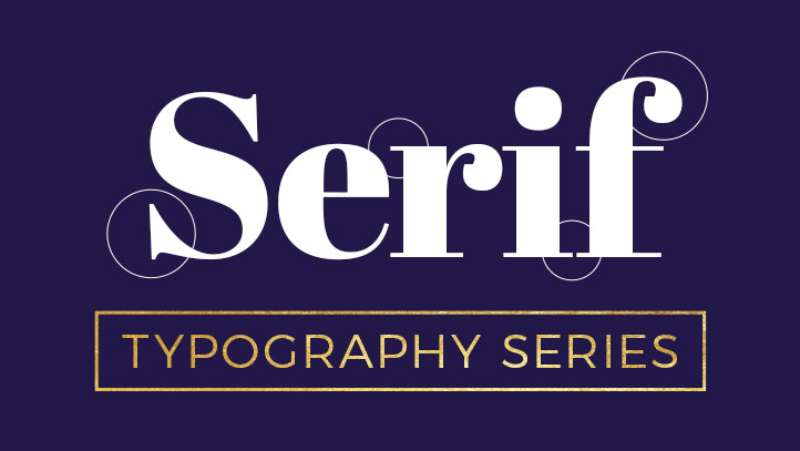
The font is everything in a logo. It’s like the voice of the brand. The font in the Royal Bank of Scotland logo, it’s a classic serif typeface. It screams elegance, sophistication, and tradition.
The Elements of Balance in the Logo
The Art of Symmetry
The Royal Bank of Scotland logo isn’t just a visual treat. It’s a study in balance and symmetry. The dexter, the horse, and the castle, they’re all perfectly aligned. It’s this symmetry that gives the logo its sense of stability and harmony.
The Golden Ratio
Ever heard of the Golden Ratio? It’s a mathematical principle found in nature, art, and design. And yes, it’s in the logo too. The size, the placement of each element, they all adhere to this principle. It’s what makes the logo so pleasing to the eye.
The Reception of the Logo
Public Perception
Logos aren’t just about aesthetics. They’re about the emotions they evoke. The Royal Bank of Scotland logo, with its knight and castle, strikes a chord with the Scottish people. It’s a piece of their history, their culture. It’s something they connect with.
Industry Recognition
In the world of design, the logo has received applause for its thoughtfulness and creativity. It’s appreciated for its perfect blend of tradition and modernity, for its balance and harmony, for the story it tells.
The Impact of the Logo on Brand Identity
Brand Image
A logo is the face of a brand. The Royal Bank of Scotland logo, with its knight and castle, projects an image of strength, trust, and heritage. It gives the bank a distinct identity, sets it apart from the crowd.
Brand Recall
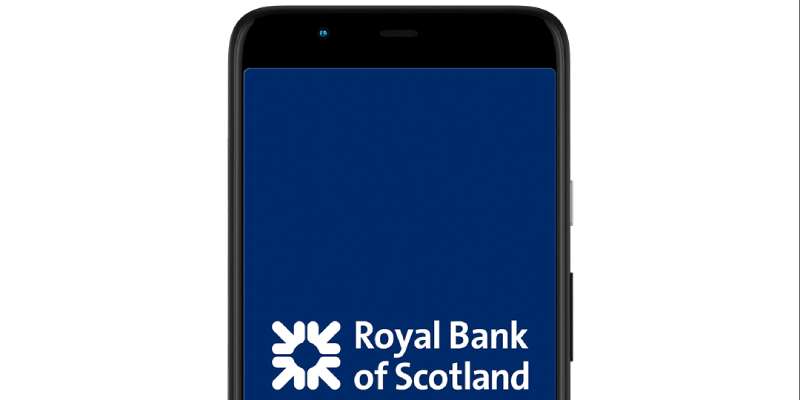
The unique elements in the logo, the knight, the horse, the castle, they make it memorable. People see the logo, and they instantly recognize it as the Royal Bank of Scotland. That’s the power of a well-designed logo. It sticks in your mind.
So, there you have it. The Royal Bank of Scotland logo. A piece of art. A story. A symbol of trust. It’s not just a logo. It’s a promise. A promise of stability, of trust, of heritage. And it delivers on that promise, every single time.
FAQ on the Royal Bank of Scotland Logo
What’s the history behind the Royal Bank of Scotland logo?
Well, dive into the archives and you’ll uncover a tale as old as time. The emblem boasts centuries of Scottish banking heritage, evolving to stand as a beacon of financial services. The logo has experienced design tweaks, yet retains its iconic status, mirroring RBS‘s storied past.
How has the Royal Bank of Scotland logo changed over time?
It’s like watching a child grow up, really. From intricate crests to its contemporary simplicity – the logo has seen streamlining while preserving the lion rampant symbolic of its provenance. Each alteration reflects the bank’s adaptive nature in a fast-paced financial sector.
What does the logo of the Royal Bank of Scotland represent?
Every curve has a story, you know. The RBS logo isn’t just a design; it’s a Scottish emblem of strength. The lion rampant speaks to the bank’s resilience and history, while the color palette tips its hat to tradition and reliability in the banking world.
Is there a meaning behind the colors of the RBS logo?
Ah, the dance of hues! The Royal Bank of Scotland logo dons blue and white, a nod to the Scottish flag. These colors scream trust, confidence, and depth. It’s a strategic choice, painting a picture of stability in the world of finance.
What impact does the RBS logo have on its branding?
Think of it as the face of a trusted friend. The logo is central to RBS’s branding, striking a balance between modern aesthetics and historical value. It pulls the banking brand identity together with a clear message: heritage meets innovation.
How often has the RBS logo been redesigned?
Not as often as you’d think. Change isn’t just for the sake of it; RBS has carefully updated its logo over decades. These infrequent redesigns ensure the bank’s emblem remains relevant and reflective of contemporary branding trends without losing its timeless charm.
Who designed the Royal Bank of Scotland logo?
Now, this is the stuff of legend. It’s not just one mind but the collective genius over time, shaping the RBS logo. While the names are shrouded in historical mist, the design journey is a result of seasoned branding strategists and creative logo designers working with the bank.
Can you describe the Royal Bank of Scotland logo?
Sure thing! Picture an icon of sophistication: a simplified, stylized lion stands ready to leap. It’s encased in a golden oval, set against a royal blue backdrop. Together, these elements command respect in the UK financial services landscape and catch the customer’s eye.
How does the RBS logo differentiate from other UK bank logos?
Alright, here’s the scoop. RBS’s logo stands apart with its distinctly Scottish lion, a historical mark other UK bank logos lack. This symbol hits the sweet spot of being recognizable yet unique, allowing RBS to confidently carve its own niche in the crowded banking sector.
What is the significance of using a lion in the RBS logo?
It’s like a silent roar. The lion is a potent symbol of Scottish history, embodying courage and strength. In the RBS logo, the lion commands attention, representing the bank’s steadfastness and majesty in an ever-shifting financial landscape. It’s the animal kingdom’s VIP in branding terms!
Conclusion
As we wrap up our exploration, it’s crystal clear: the Royal Bank of Scotland logo is more than just a trademark. It’s the visual heartbeat of a legacy, the kind that echoes through the hallways of finance and history.
- We’ve unraveled its evolution,
- marveled at its meaning,
- and celebrated the clever interplay of design and corporate identity.
This emblem stands as a steadfast sentry, guarding values penned down ages ago with a futuristic flourish. Borrowing from the Scottish heritage and carried with banking innovation, it lives on – not just on facades and screens, but in the collective memory of millions.
And hey, next time you spot that royal crest, know you’re not just looking at a logo. You’re witnessing centuries of unwavering commitment to service and a testament to the art that is bank branding. Now that’s a storyline any design can be proud to encapsulate, don’t you think?
If you liked this article about the Royal Bank of Scotland logo, you should check out this article about the BNP Paribas logo.
There are also similar articles discussing the Standard Chartered logo, the Commonwealth Bank of Australia logo, the UniCredit logo, and the Barclays logo.
And let’s not forget about articles on the Deutsche Bank logo, the Citigroup logo, the Societe Generale logo, and the ING logo.
- The Guinness Logo History, Colors, Font, And Meaning - 15 May 2024
- Vibrant Orange Color Palettes for Energetic Designs - 15 May 2024
- Publishing Elegance: What Font Does Time Magazine Use? - 15 May 2024






